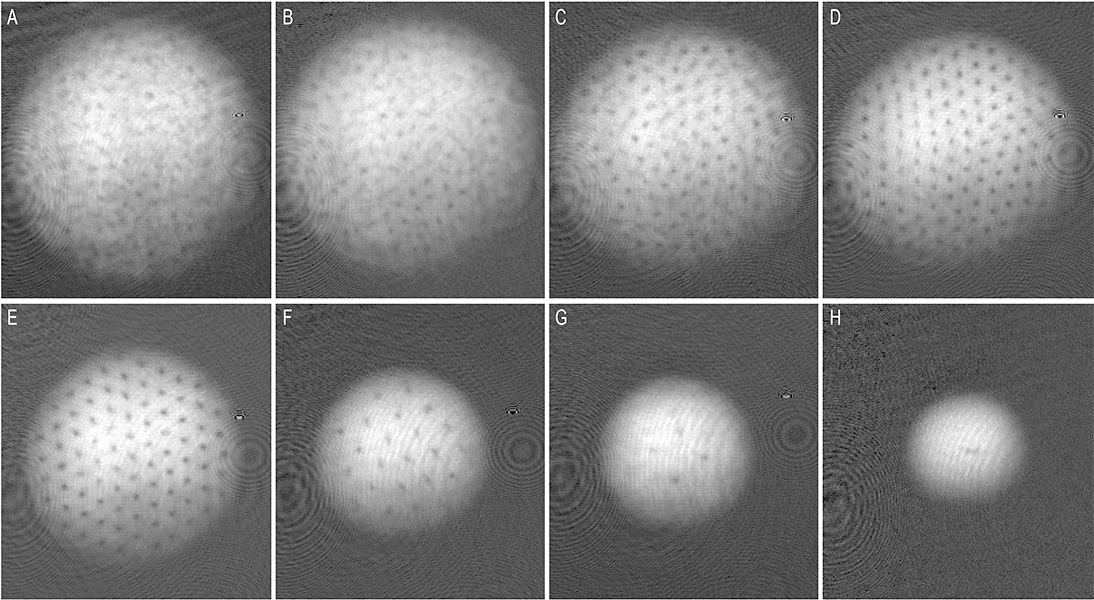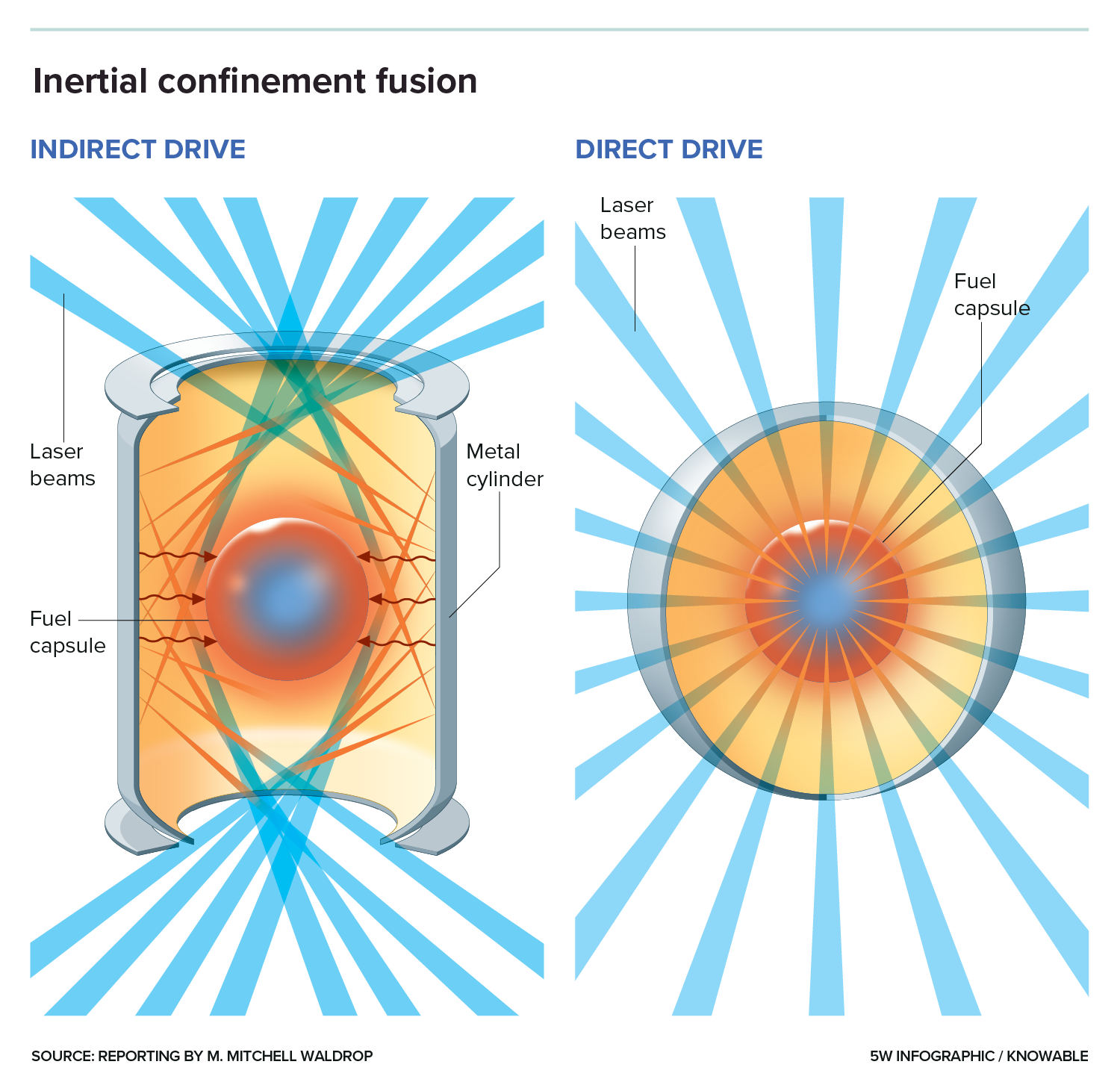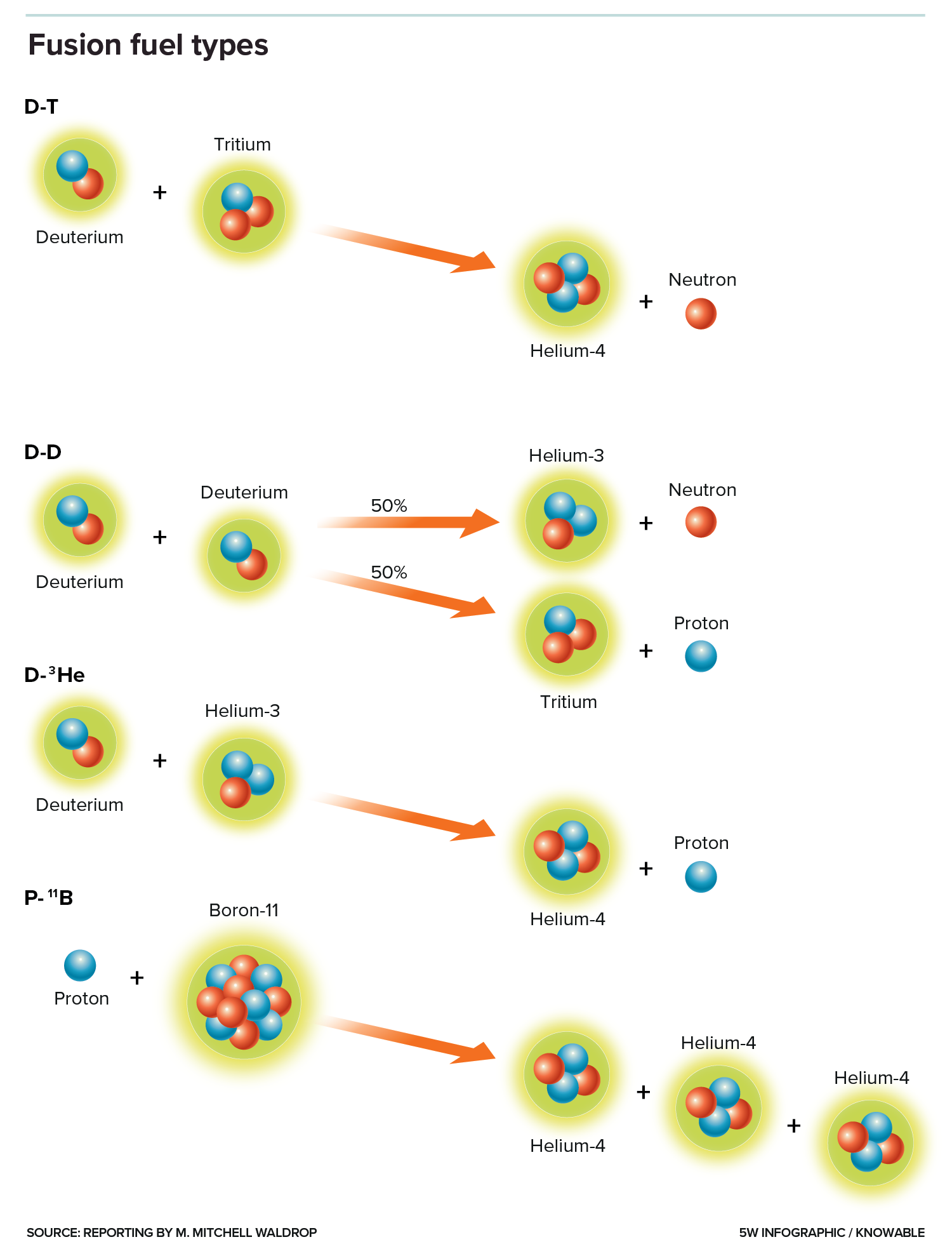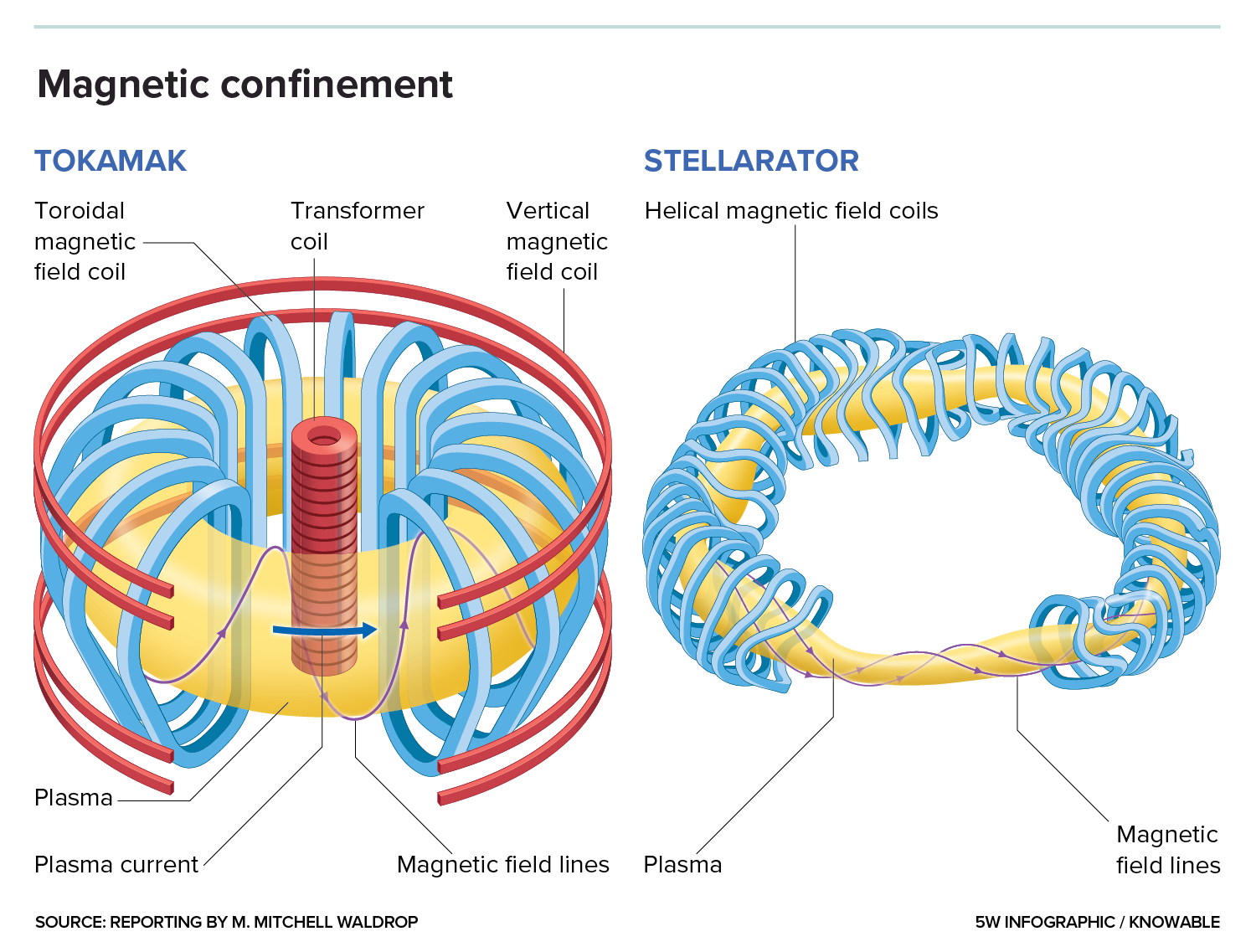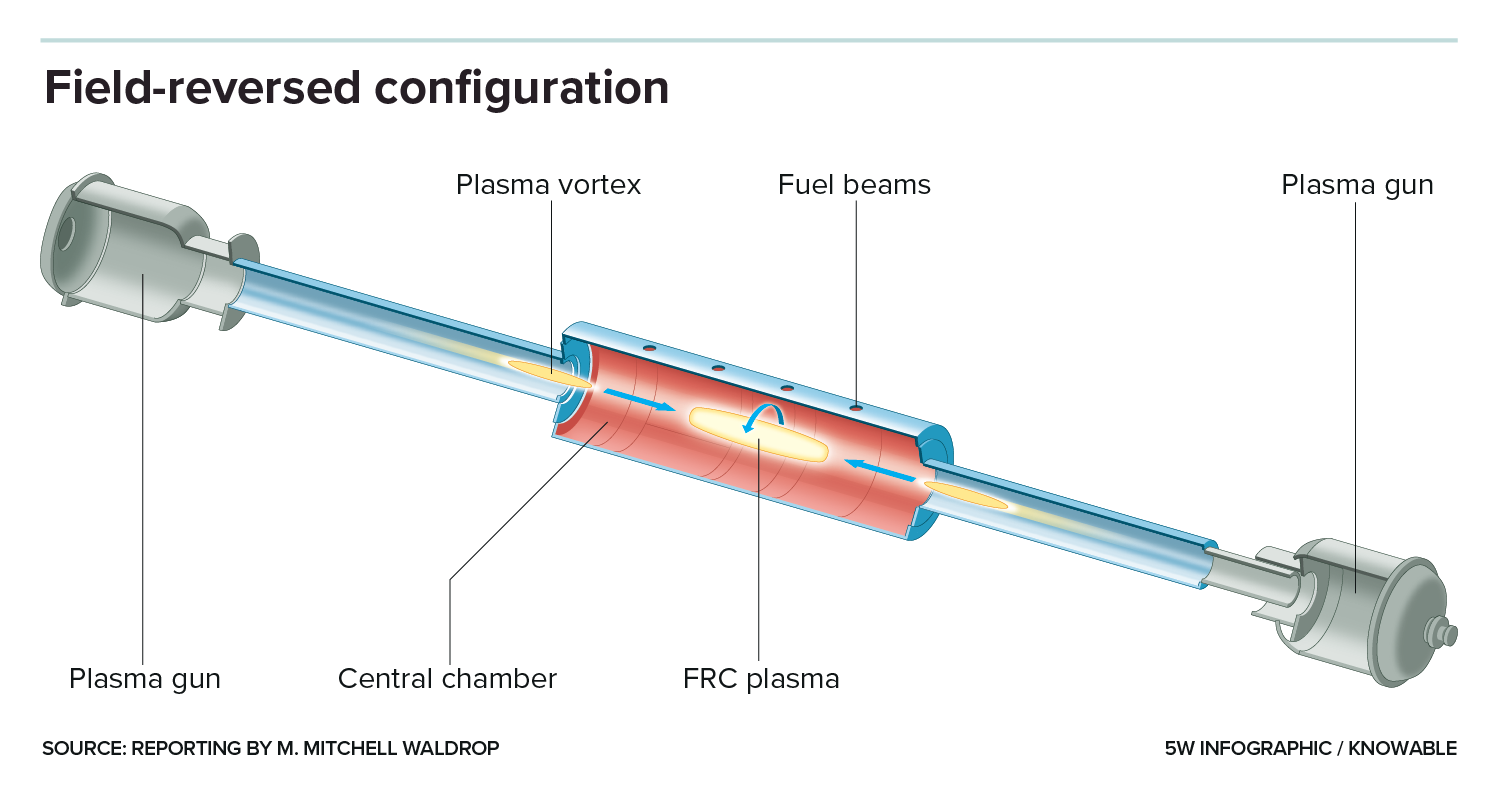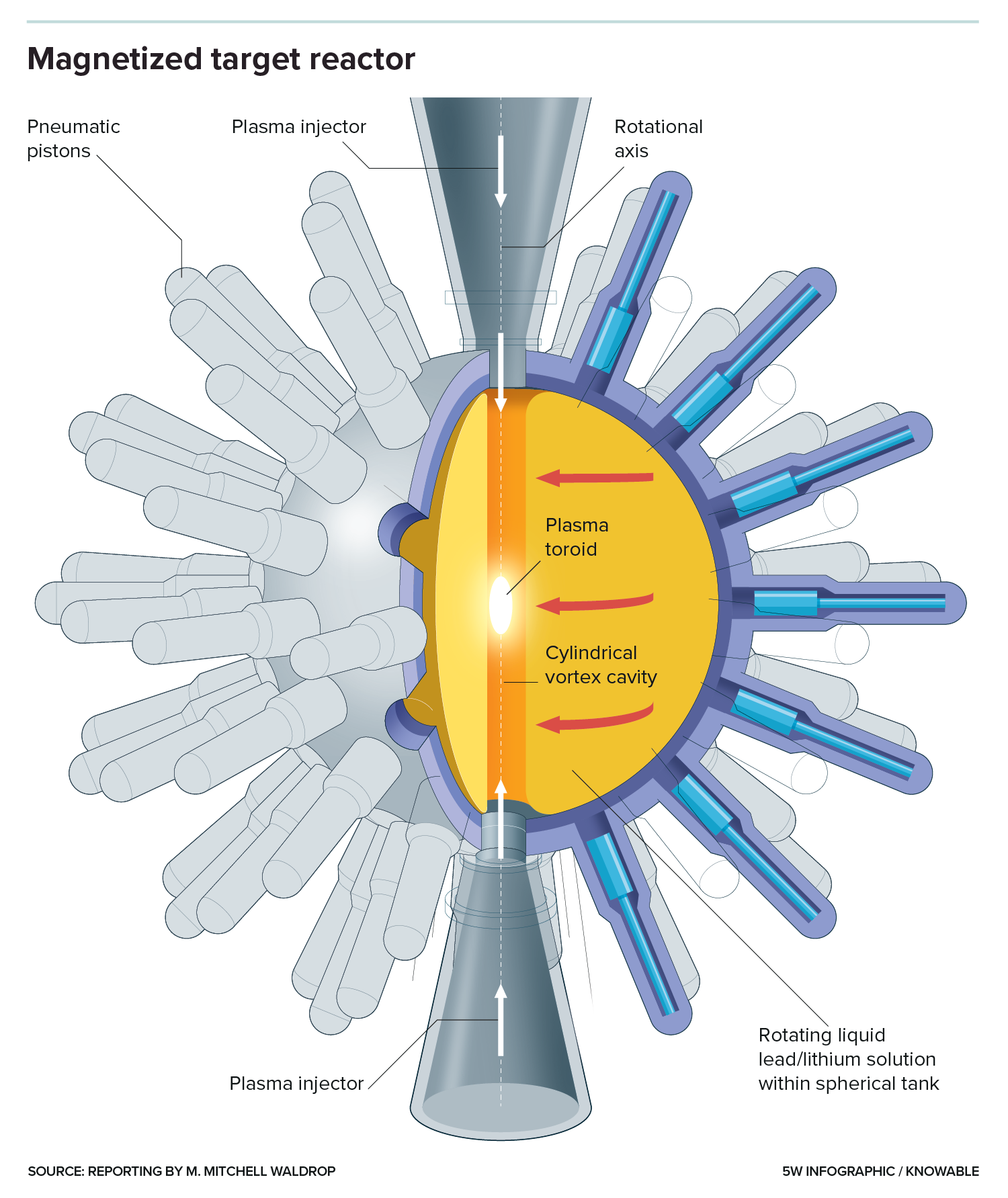Symptoms of vitamin deficiency include brittle hair and nails, mouth ulcers, hair loss, scaly skin patches, and more. Recognizing these signs can help you adjust your diet accordingly.
A well-balanced and nutritious diet has many benefits. On the other hand, a diet lacking in nutrients may cause various unpleasant symptoms or even serious adverse effects.
These symptoms are your body’s way of communicating potential vitamin and mineral deficiencies.
Learn about 8 common signs of vitamin and mineral deficiencies and how to address them.Aleksandar Nakic/Getty Images
A variety of factors may cause brittle hair and nails. One of them is a lack of biotin.
Biotin, also known as vitamin B7, helps the body convert food into energy. A deficiency in biotin is somewhat rare, but when it occurs, brittle, thinning, or splitting hair and nails are some of the most noticeable symptoms.
Also, the prolonged use of antibiotics and some anti-seizure medications is a risk factor (2Trusted Source).
Eating raw egg whites may cause biotin deficiency as well. That’s because raw egg whites contain avidin, a protein that binds to biotin and can reduce its absorption (1, 3Trusted Source, 4Trusted Source).
Foods rich in biotin include eggs, organ meats, fish, meat, dairy, nuts, seeds, spinach, broccoli, cauliflower, sweet potatoes, yeast, whole grains, and bananas (5Trusted Source).
Adults with brittle hair or nails might consider trying a supplement that provides about 30 micrograms of biotin per day. However, it’s important to speak with a healthcare professional first before beginning any new supplements.
Summary Biotin is a B vitamin involved in many body functions. It plays an
important role in strengthening hair and nails. A deficiency in this vitamin is
generally rare but may occur in certain cases.
Lesions in and around the mouth may partly be linked to an insufficient intake of certain vitamins or minerals.
For instance, canker sores, a type of mouth ulcer, are often the result of deficiencies in iron or B vitamins.
In a small older study, around 28% of patients with recurring mouth ulcers had deficiencies in thiamine (vitamin B1), riboflavin (vitamin B2), pyridoxine (vitamin B6) or a combination of the vitamins. These findings indicate that there may be a link between mouth ulcers recurring and deficiencies in these three vitamins (11Trusted Source).
Foods rich in iron include poultry, meat, fish, legumes, dark leafy greens, nuts, seeds, and whole grains (14Trusted Source).
Good sources of thiamine, riboflavin, and pyridoxine include whole grains, poultry, meat, fish, eggs, dairy, organ meats, legumes, green vegetables, starchy vegetables, nuts, and seeds (15Trusted Source, 16Trusted Source, 17Trusted Source).
If you experience these symptoms, consider speaking with a healthcare professional. They can evaluate your situation and create a treatment plan to address your medical needs.
For example, they may order tests to determine if you have any vitamin or mineral deficiencies. If so, they may recommend adding or increasing the dietary amount of certain foods or starting supplementation. They will likely monitor you to see if your symptoms improve.
Summary People with mouth ulcers or cracks at the corners of the mouth may
want to try consuming more foods rich in thiamine, riboflavin, pyridoxine, and
iron to alleviate symptoms.
Sometimes a rough tooth brushing technique is at the root of bleeding gums, but a diet lacking in vitamin C can also be a contributing factor.
Vitamin C plays an important role in wound healing and immunity, and it even acts as an antioxidant, helping prevent cell damage.
Your body does not make vitamin C on its own, so the only way to maintain adequate levels of it is through diet (18Trusted Source, 19Trusted Source, 20Trusted Source).
Vitamin C deficiencies are rare in individuals who consume enough fresh fruits and vegetables. That said, many people do not eat enough fruits and vegetables each day.
Consuming very little vitamin C through your dietary selections for long periods can lead to deficiency symptoms, including bleeding gums and tooth lossTrusted Source.
Another serious consequence of severe vitamin C deficiency is scurvy, which depresses the immune system, weakens muscles and bones, and makes you feel fatigued and lethargic.
Other common signs of vitamin C deficiency include easy bruising, slow wound healing, dry skin, which may become scaly, and frequent nosebleeds (22, 24Trusted Source).
To consumeTrusted Source enough vitamin C, it’s important to eat at least 1.5–2 cups of fruit and 2–3 cups of vegetables each day.
Summary Eating little to no fruits and vegetables may cause a vitamin C deficiency. This can lead to unpleasant symptoms like bleeding gums, a weakened immune system, and in severe cases, tooth loss and scurvy.
A low nutrient eating plan can sometimes cause vision problems.
For instance, low intake of vitamin A is often linked to a condition known as night blindness, which reduces your ability to see in low light or darkness.
That’s because vitamin A is necessary to produce rhodopsin, a pigment found in the retina of each eye that helps you see at night.
When left untreated, night blindness can progress to xerophthalmia, a condition that can damage your cornea and ultimately lead to blindness (25Trusted Source).
Another early symptom of xerophthalmia is Bitot’s spots, which are slightly elevated, foamy, white growths that occur on the conjunctiva or white part of the eyes.
Biotot’s spots may improve within 2 weeks of high dose vitamin A therapy, but it’s important to speak with a medical professional before making any significant dietary changes (26Trusted Source).
Vitamin A deficiency is rare in developed countries. If you suspect your vitamin A intake is insufficient, you might consider eating more vitamin-A-rich foods, such as organ meats, dairy, eggs, fish, dark leafy greens, and yellow-orange colored vegetables (27Trusted Source).
Unless you’re diagnosed with a deficiency, it’s typically recommended that you avoid taking vitamin A supplements. That’s because vitamin A is a fat-soluble vitamin, which when consumed in excess, can accumulate in the body’s fat stores and lead to toxicity.
Symptoms of vitamin A toxicity can be serious and include nausea, headaches, skin irritation, joint and bone pain, and in severe cases, even coma or death (28).
Summary Low vitamin A intake may cause poor night vision or growths on the
white part of the eyes. Adding more vitamin-A-rich foods to your diet may help
you avoid or reduce these symptoms.
Seborrheic dermatitis (SB) and dandruff are part of the same group of skin disorders that affect the oil-producing areas of your body.
Both involve itchy, flaking skin. Dandruff is mostly restricted to the scalp, whereas seborrheic dermatitis can also appear on the face, upper chest, armpits, and groin.
The likelihood of these skin disorders is highest within the first 3 months of life, during puberty, and in mid-adulthood.
Studies show that both of these conditions are very common. Up to 42% of infants and 50% of adults may experience dandruff or seborrheic dermatitis at one point or another (29Trusted Source, 30Trusted Source).
Many factors can cause dandruff and seborrheic dermatitis. One of which is a nutrient-poor diet. For instance, low blood levels of riboflavin (vitamin B2) and pyridoxine (vitamin B6) may play a role (13, 29Trusted Source, 31).
While the link between a low nutrient diet and these skin conditions is not fully understood, people with dandruff or seborrheic dermatitis might consider consuming more of these nutrients. To confirm whether you have a deficiency, you can talk with a healthcare professional who can order tests to check your vitamin levels.
Foods rich in riboflavin and pyridoxine include poultry, meat, fish, eggs, dairy, oats, nuts, and certain vegetables (16Trusted Source, 17Trusted Source).
Summary Dandruff and scaly patches on the scalp, eyebrows, ears,
eyelids, and chest may be caused by low intake of riboflavin and
pyridoxine. A healthcare professional may order tests to check your blood levels of these vitamins.
Hair loss is a very common symptom. In fact, up to 50% of male adults report hair loss by the time they reach 50 years old (33Trusted Source).
A diet rich in the following nutrients may help prevent or slow hair loss (34Trusted Source).
Meat, fish, eggs, legumes, dark leafy greens, nuts, seeds, and whole grains are good sources of iron.
Niacin-rich foods include meat, fish, dairy, whole grains, legumes, nuts, seeds, and leafy greens. These foods are also rich in biotin, which is also found in egg and organ meat.
Leafy vegetables, nuts, whole grains, and vegetable oils are rich in LA, while walnuts, flaxseeds, chia seeds, and soy nuts are rich in ALA.
It’s worth noting that taking vitamin and mineral supplements in the absence of a deficiency may worsen hair loss, rather than help it (44Trusted Source).
For instance, excess selenium and vitamin A, two nutrients often added to hair growth supplements, have both been linked to hair loss (34Trusted Source).
Unless your healthcare professional confirms a deficiency, it’s likely best to opt for diets rich in these nutrients rather than supplements, but speaking with a professional first before making any changes is best.
Summary The vitamins and minerals mentioned above are needed for hair growth,
so diets rich in them may help prevent hair loss. However, the use of
supplements — except in cases of deficiency — may cause more harm than good.
Keratosis pilaris is a condition that causes goosebump-like bumps to appear on the cheeks, arms, thighs, or buttocks. These little bumps may also be accompanied by corkscrew or ingrown hairs.
The condition often appears in childhood and naturally disappears in adulthood.
The cause of these little bumps is still not fully understood, but they may appear when too much keratin is produced in hair follicles. This produces red or white elevated bumps on the skin (45Trusted Source).
Keratosis pilaris may have a genetic component, meaning that a person is more likely to have it if a family member has it. That said, it has also been observed in people with diets low in vitamins A and C (22).
Thus, in addition to traditional treatments with medicated creams, people with this condition may consider talking with a medical professional about adding foods rich in vitamins A and C to their diet.
These include organ meats, dairy, eggs, fish, dark leafy greens, yellow-orange colored vegetables, and fruit (24Trusted Source, 27Trusted Source).
Summary Inadequate intake of vitamins A and C may be linked to keratosis
pilaris, a condition that leads to the appearance of red or white bumps on the
skin.
Restless leg syndrome (RLS), also known as Willis-Ekbom disease, is a nerve condition that causes unpleasant or uncomfortable sensations in the legs, as well as an irresistible urge to move them (46).
According to the National Institute of Neurological Disorders and Stroke, RLS affects up to 10% of Americans, with women twice as likely to experience the condition. For most people, the urge to move seems to intensify when they’re relaxing or trying to sleep.
While the exact causes of RLS are not fully understood, there appears to be a link between symptoms of RLS and a person’s blood iron levels.
For instance, several studies link low blood iron stores to an increased severity of RLS symptoms. Several studies also note that symptoms often appear during pregnancy, a time during which women’s iron levels tend to drop (49Trusted Source, 50Trusted Source).
Supplementing with iron might help decrease RLS symptoms, especially in people with a diagnosed iron deficiency. However, research is still limited on the effects of supplementation for managing RLS (51Trusted Source, 52Trusted Source, 53Trusted Source, 54Trusted Source).
Since higher iron intakes may help reduce symptoms, consider speaking with a healthcare professional about increasing your intake of iron-rich foods, such as meat, poultry, fish, legumes, dark leafy greens, nuts, seeds, and whole grains, may also be beneficial (14Trusted Source).
It may be especially beneficial to combine these iron-rich foods with vitamin-C-rich fruits and vegetables, as these can help increase iron absorption (55Trusted Source).
Using cast-iron pots and pansTrusted Source and avoiding tea or coffee at meals can also help boost iron absorption.
It’s helpful to note that unnecessary supplementation can do more harm than good, so it’s important to use caution if you’re considering supplementation (56Trusted Source).
Extremely high iron levels can even be fatal in some cases, so it’s best to consult your healthcare professional before taking any supplements (57Trusted Source).
Finally, some evidence suggests that magnesium may play a role in managing restless leg syndrome symptoms (58Trusted Source).
Summary Restless leg syndrome is often linked to low iron levels. Those with
this condition may want to discuss increasing their intake of iron-rich foods and taking
supplementation with their healthcare professional.
A diet that provides an insufficient intake of vitamins and minerals can cause several symptoms, some of which are more serious than others.
Increasing your intake of foods rich in the appropriate vitamins and minerals may help you manage nutrient-deficient-related symptoms.
However, it’s always helpful to speak with a healthcare professional before making significant dietary changes and if you’re considering supplementation.




